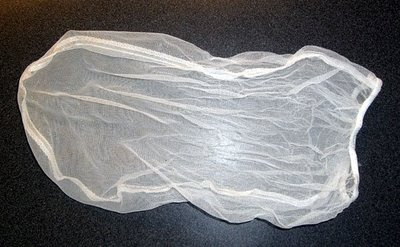DarthCitra
Well-Known Member
- Joined
- Mar 25, 2014
- Messages
- 539
- Reaction score
- 62
This might be a dumb question but, if I transfer from carboy to my bottling bucket through a fine nylon bag would that hurt the bottle carbing stage or would my yeast squeeze through while trub and hops are left behind? This is my first time dry hopping with pellet hops so any suggestions on top of this question would be a great help!





